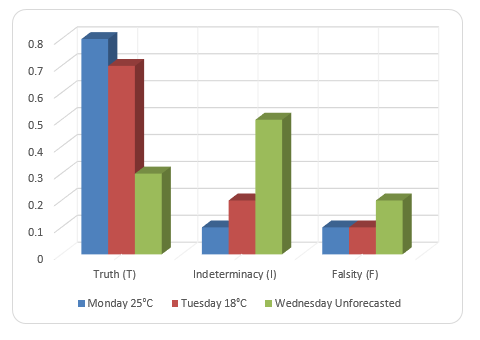Unveiling Uncertainty: Exploring the Potential of Neutrosophic Statistics for Artificial Intelligence
Main Article Content
Abstract
Artificial intelligence (AI) has revolutionized various fields, but its effectiveness can hampered by limitations in handling uncertainty inherent in real-world data. Traditional statistical methods often rely on binary logic (true/false) and may not adequately capture the nuances of uncertainty present in real-world data. This paper explores neutrosophic statistics (NS) as a novel approach to address uncertainty in AI applications. NS, introduced by Smarandache (1998), generalizes classical set theory by incorporating three truth-values: truth (T), indeterminacy (I), and falsity (F). This allows for a more nuanced representation of uncertainty compared to traditional binary methods. We discuss the limitations of classical statistics and how NS can overcome them. The paper explores the potential of NS for AI in areas like machine learning, data fusion, and Explainable AI (XAI). We propose research questions and methodology to investigate the effectiveness of NS integration with AI frameworks. The expected outcome is to contribute to the development of more robust and reliable AI systems by demonstrating the effectiveness of NS in handling uncertainty. Finally, we discuss future research directions to further explore the potential of NS for AI.
Downloads
Article Details

This work is licensed under a Creative Commons Attribution 4.0 International License.





